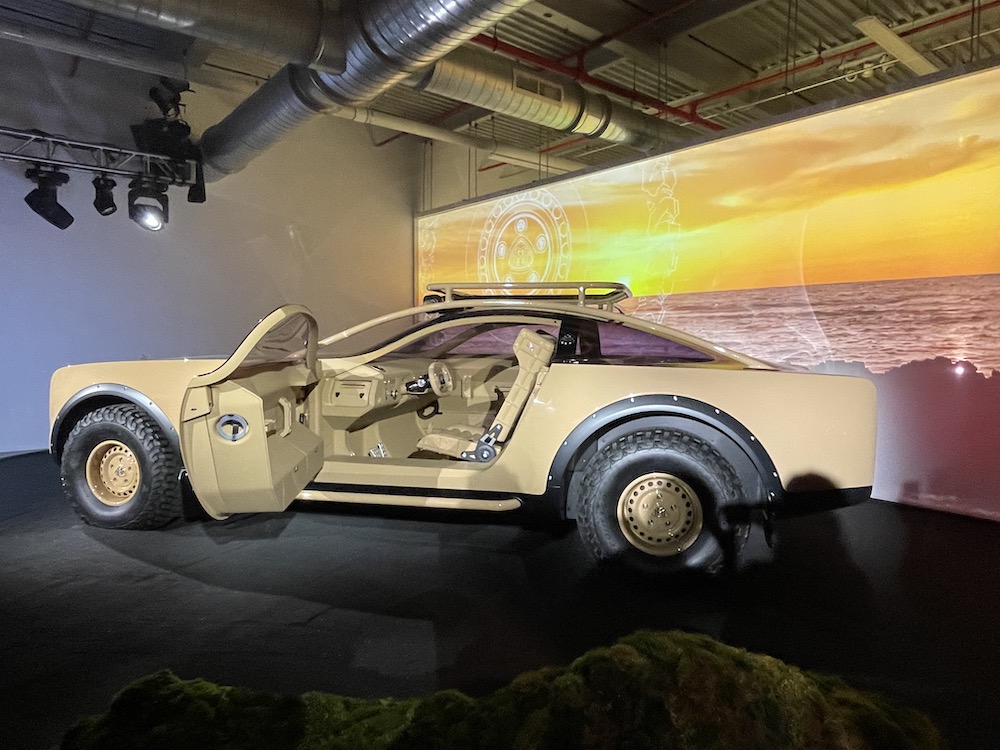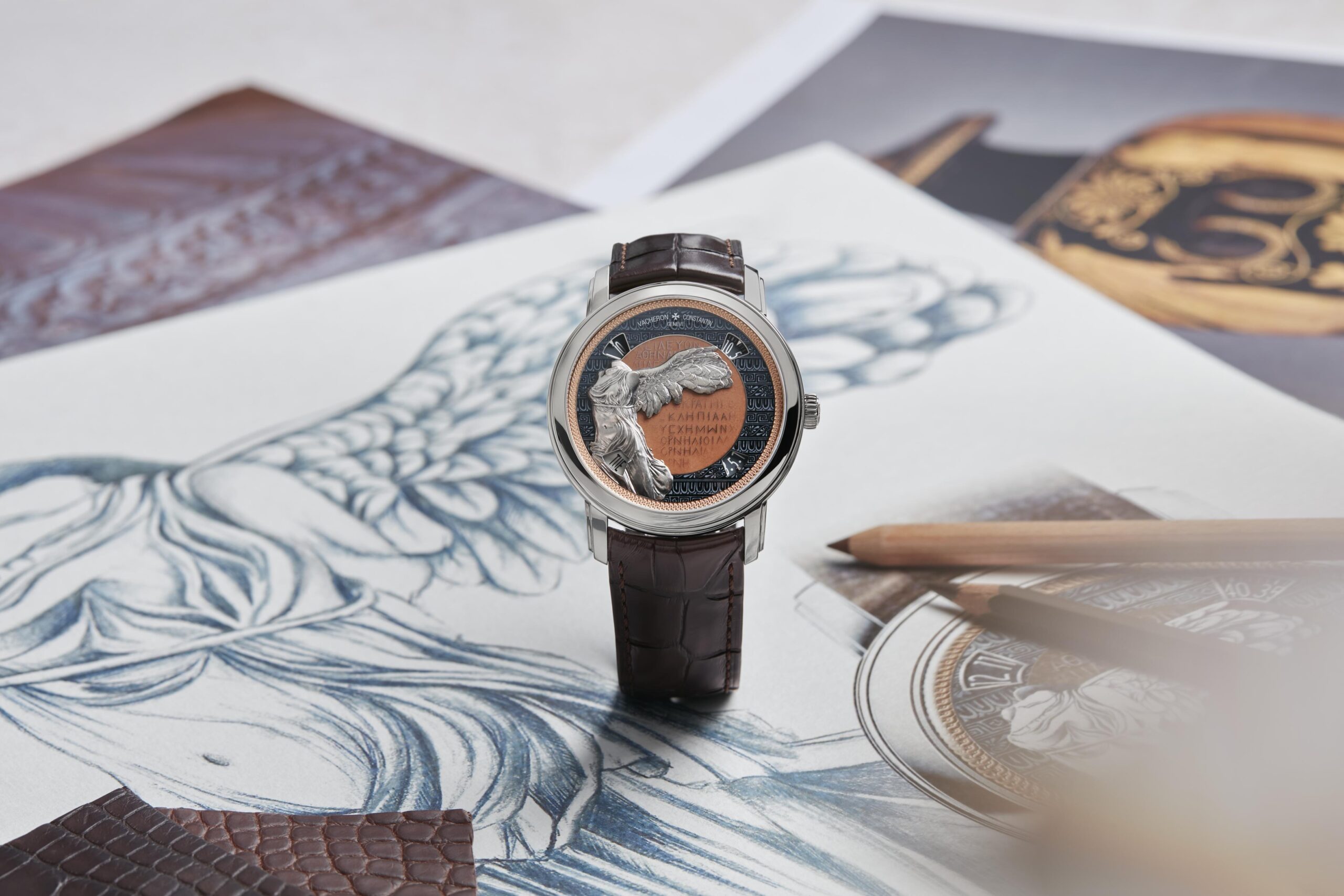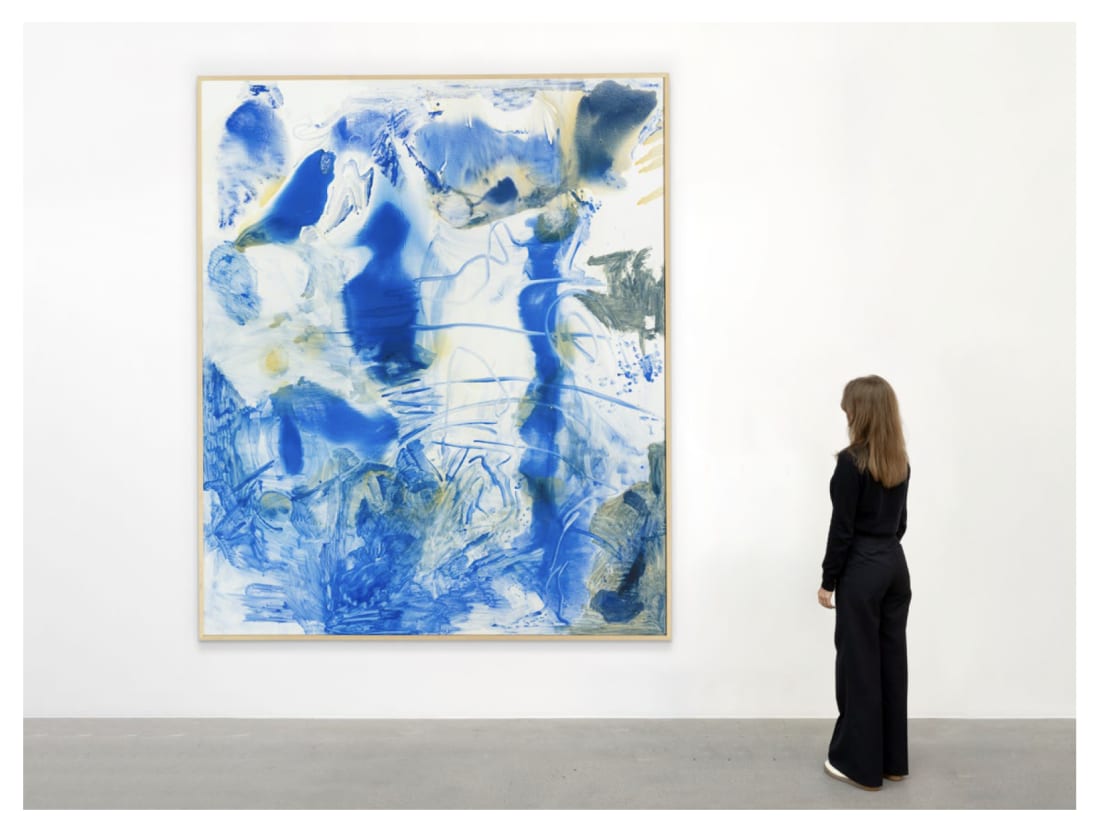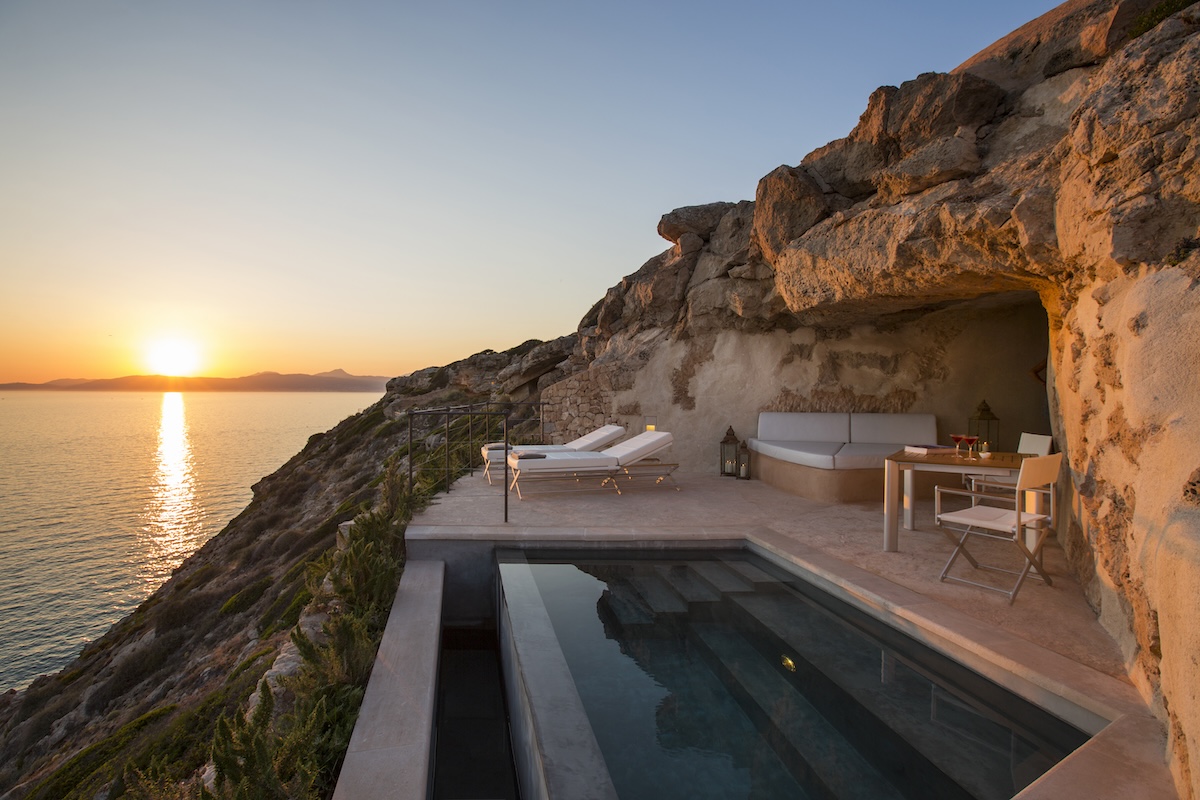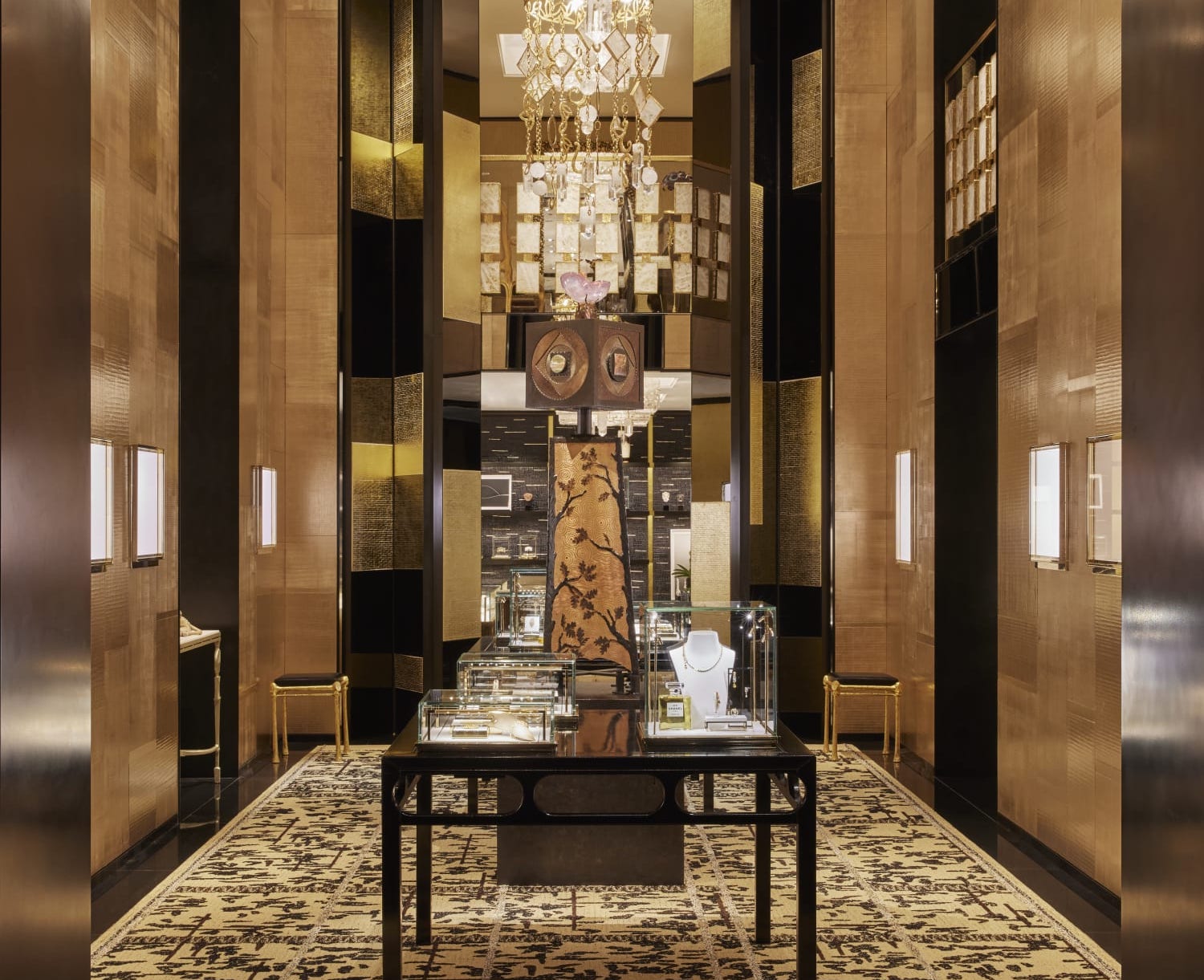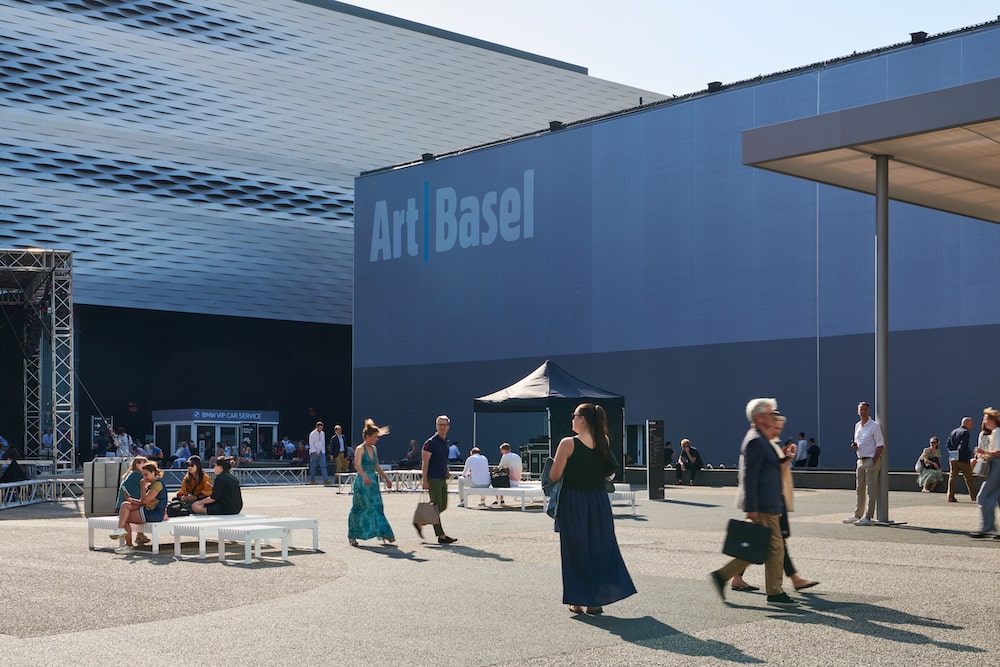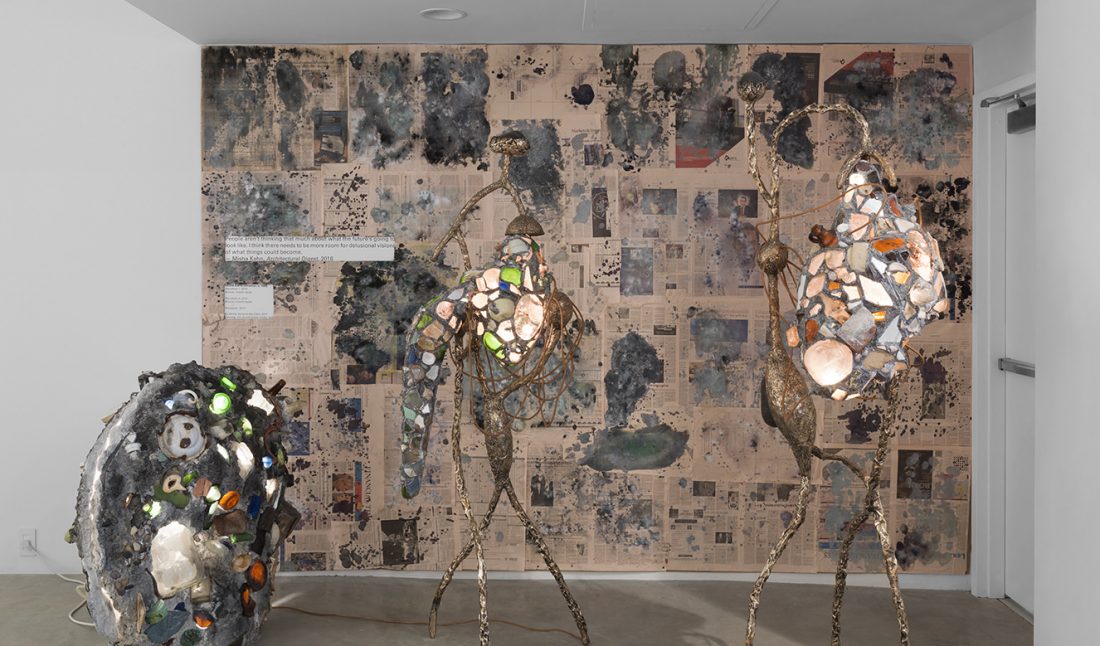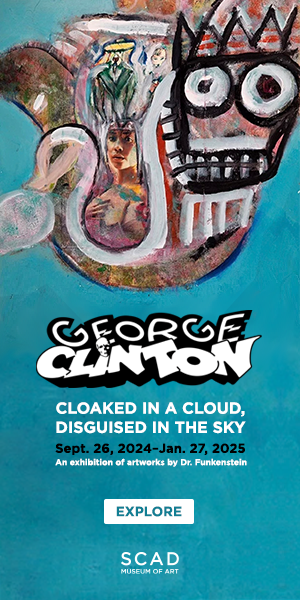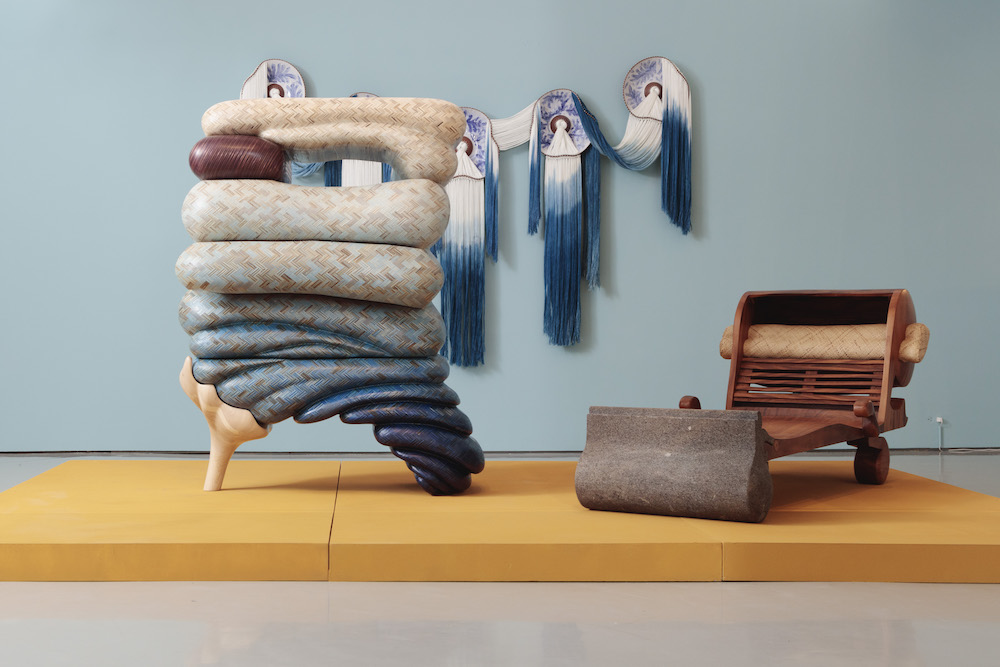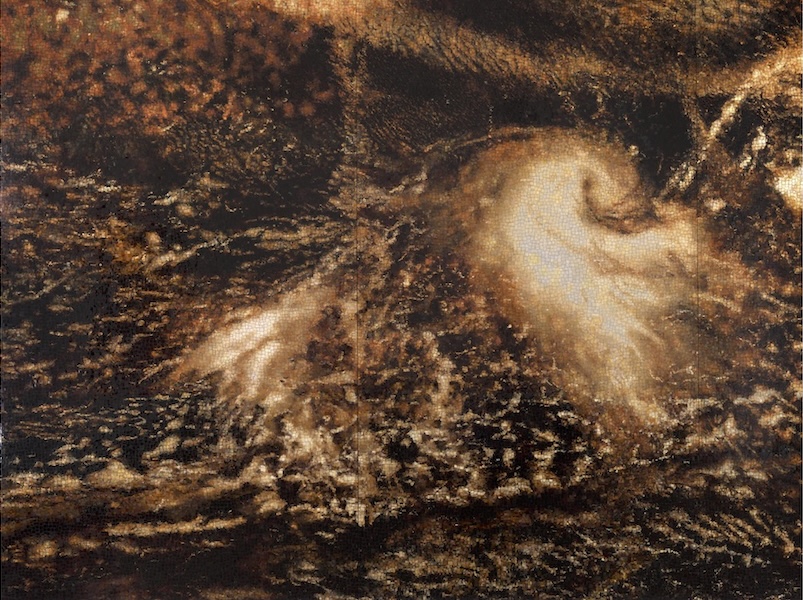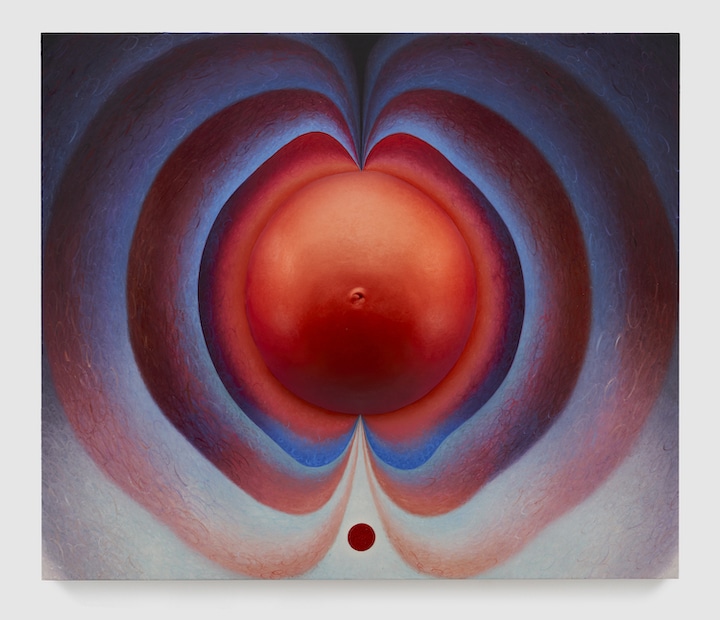This is the final week of Friedman Benda‘s “dna10” exhibition, a 10th anniversary show featuring the groundbreaking design of 21 international contemporary designers.
“‘dna10′ charts a subjective look at the evolution of design over multiple generations and across distant territories, covering a vast array of schools of thought to show continuity as well as disruption in a field with no clearly defined borders or framework. Conceived to shine a spotlight on the elusive concept of creativity, what Gerrit Rietveld called the ‘joy in the creation,’ and to celebrate when designs, starting as abstract concepts, manifest themselves,” said Marc Benda, Founding Partner of Friedman Benda.
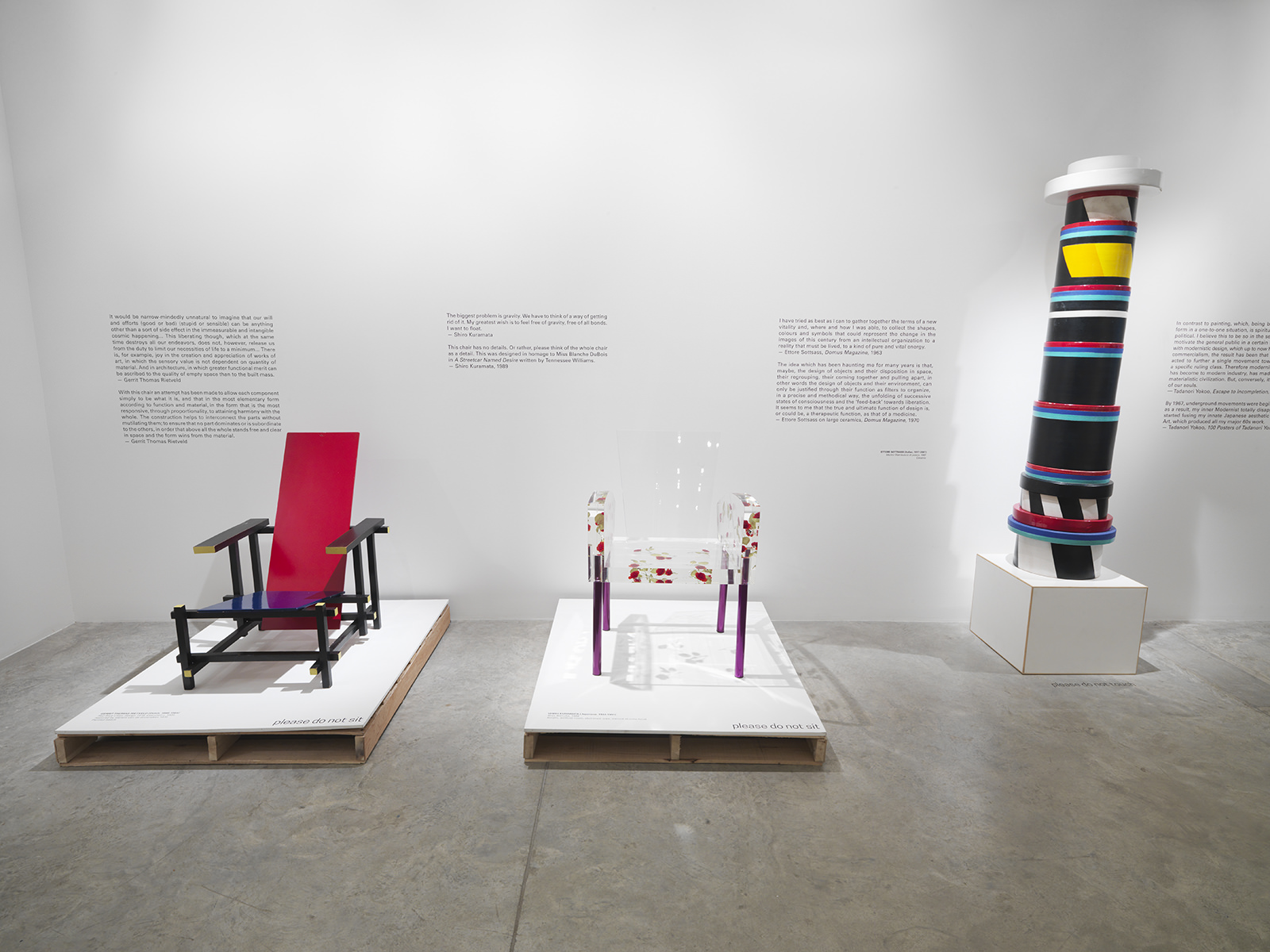 Installation view of “dna10” at Friedman Benda Gallery (May 4—June 10)
Installation view of “dna10” at Friedman Benda Gallery (May 4—June 10)Photography by Christopher Burke Studio
Courtesy of Friedman Benda
“This exhibition represents a radical departure from our program of monographic shows, and instead contextualizes, contrasts as well as balances, a huge array of disparate voices in contemporary design. By definition dna10 is a historical show since it exhibits existing artwork, for us it is really a forward-looking show in that it should posit a way forward with a sum that may be smaller than its parts. It was meant to open a dialogue with the public about how the designers and artists under the Friedman Benda umbrella, regardless of their inherent differences in practice, work towards a common trajectory without a delineated endpoint,” Benda continued.
The celebratory show presents one work from each designer, highlighting his or her unique studio practice, inspiration, use of material, and overall impact on the design industry at large. On view are pieces by Ron Arad, Andrea Branzi, Humberto and Fernando Campana, Wendell Castle, Byung Hoon Choi, Paul Cocksedge, Andile Dyalvane, Front Design, gt2P, Misha Kahn, Shiro Kuramata, Joris Laarman, Forrest Myers, nendo, Gerrit Rietveld, Christopher Schanck, Adam Silverman, Ettore Sottsass, Faye Toogood, Marcel Wanders, Lebbeus Woods, and Tadanori Yokoo.
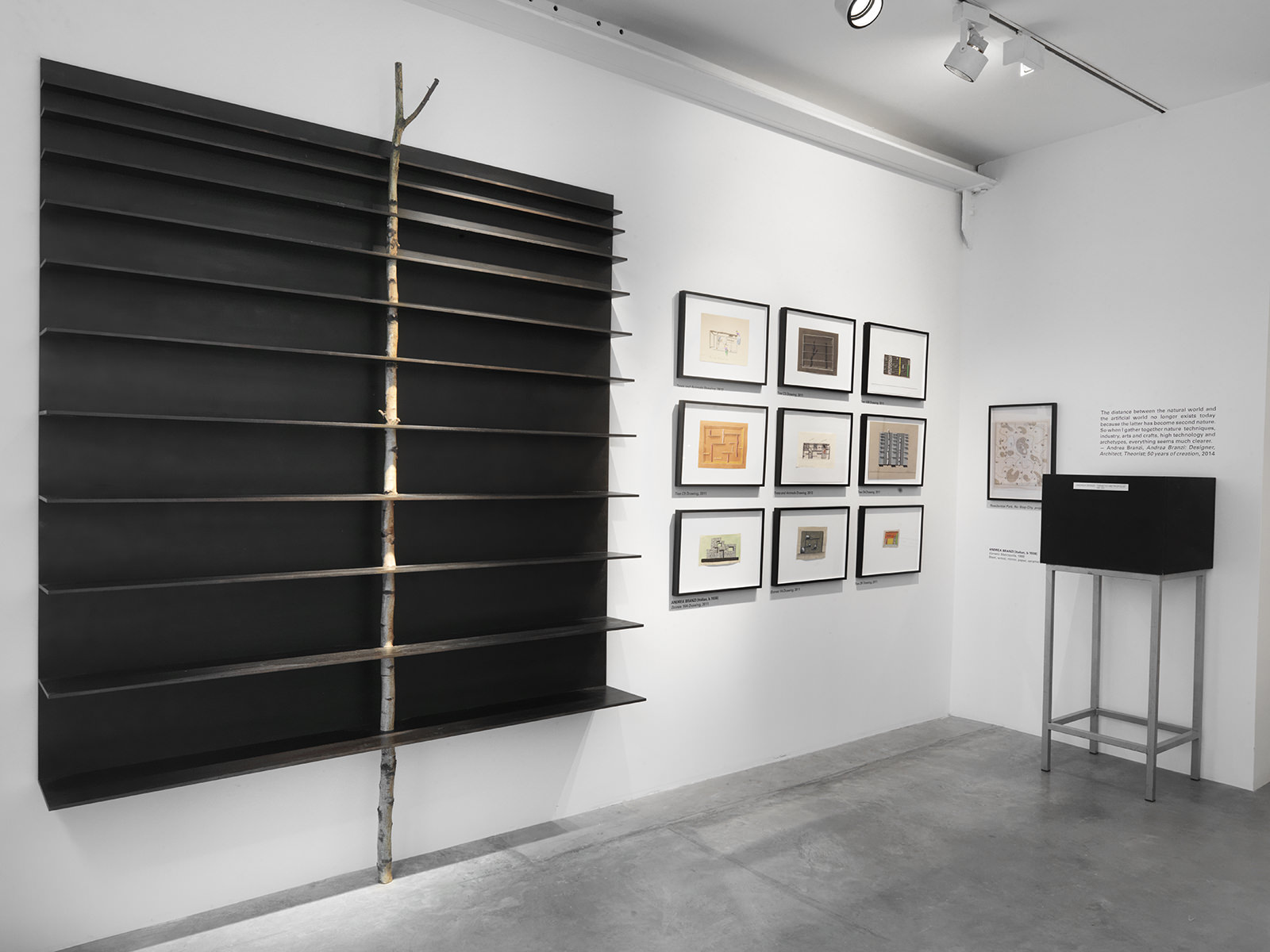 Installation view of “dna10” at Friedman Benda Gallery (May 4—June 10)
Installation view of “dna10” at Friedman Benda Gallery (May 4—June 10)Photography by Christopher Burke Studio
Courtesy of Friedman Benda
Reflecting on “dna10,” Benda shared, “According to Andrea Branzi, ‘the most conspicuous sign of contemporaneity’ is ‘criticizing contemporaneity itself,’ and that innovation ‘seems to keep churning the same water.’ Rather than exhibiting Friedman Benda’s greatest hits to date, objects as well as auxiliary drawing, models or videos were selected because they were unique or important within the design context and their creators’ oeuvre. The mass of material and writing makes the show challenging. No one we represent has played it safe, so why should we?”
“dna10” is on view at Friedman Benda gallery in New York through June 10.
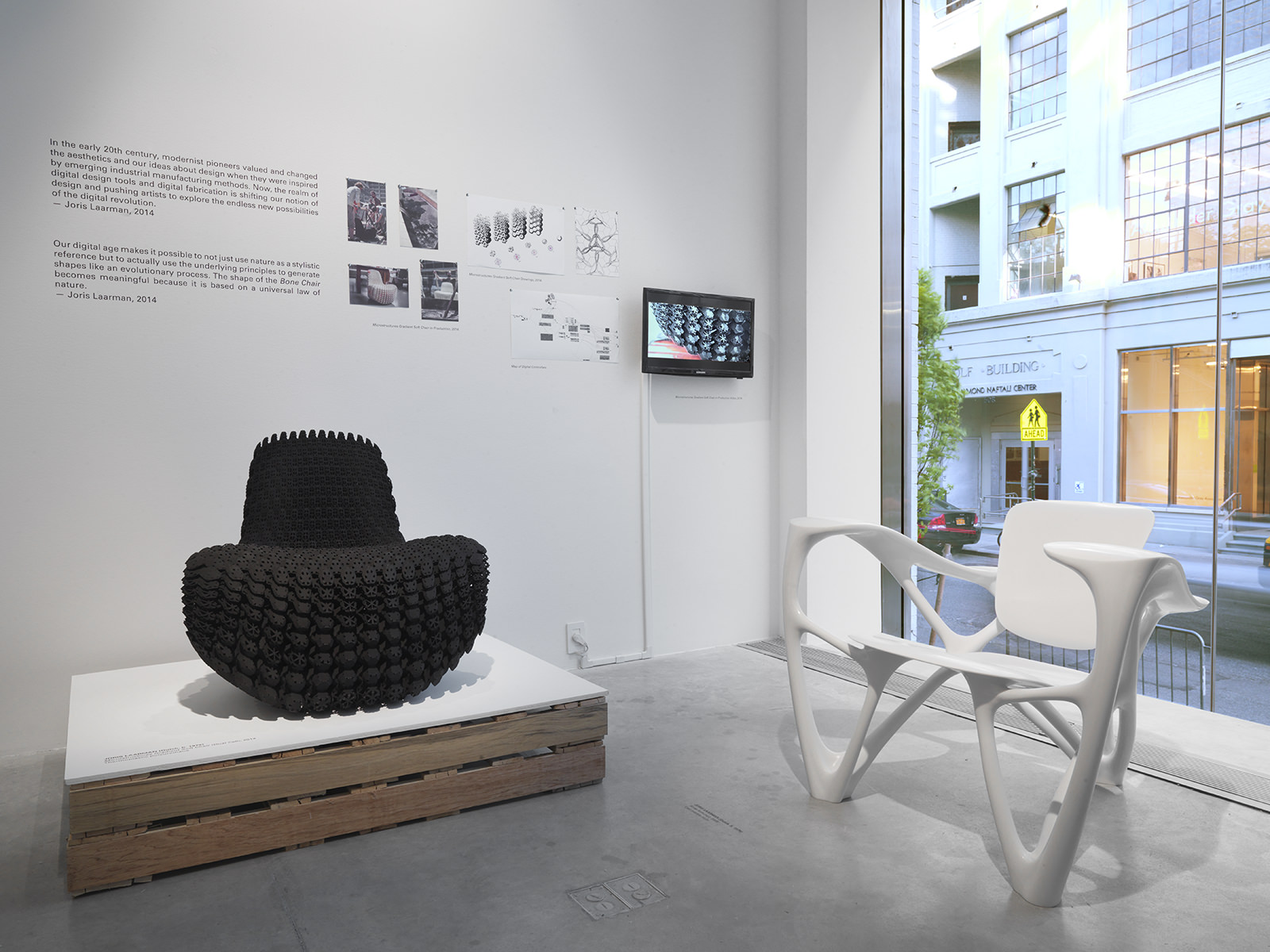 Installation view of “dna10” at Friedman Benda Gallery (May 4—June 10)
Installation view of “dna10” at Friedman Benda Gallery (May 4—June 10)Photography by Christopher Burke Studio
Courtesy of Friedman Benda
